Sequencing Considerations: Making Classes More Accessible
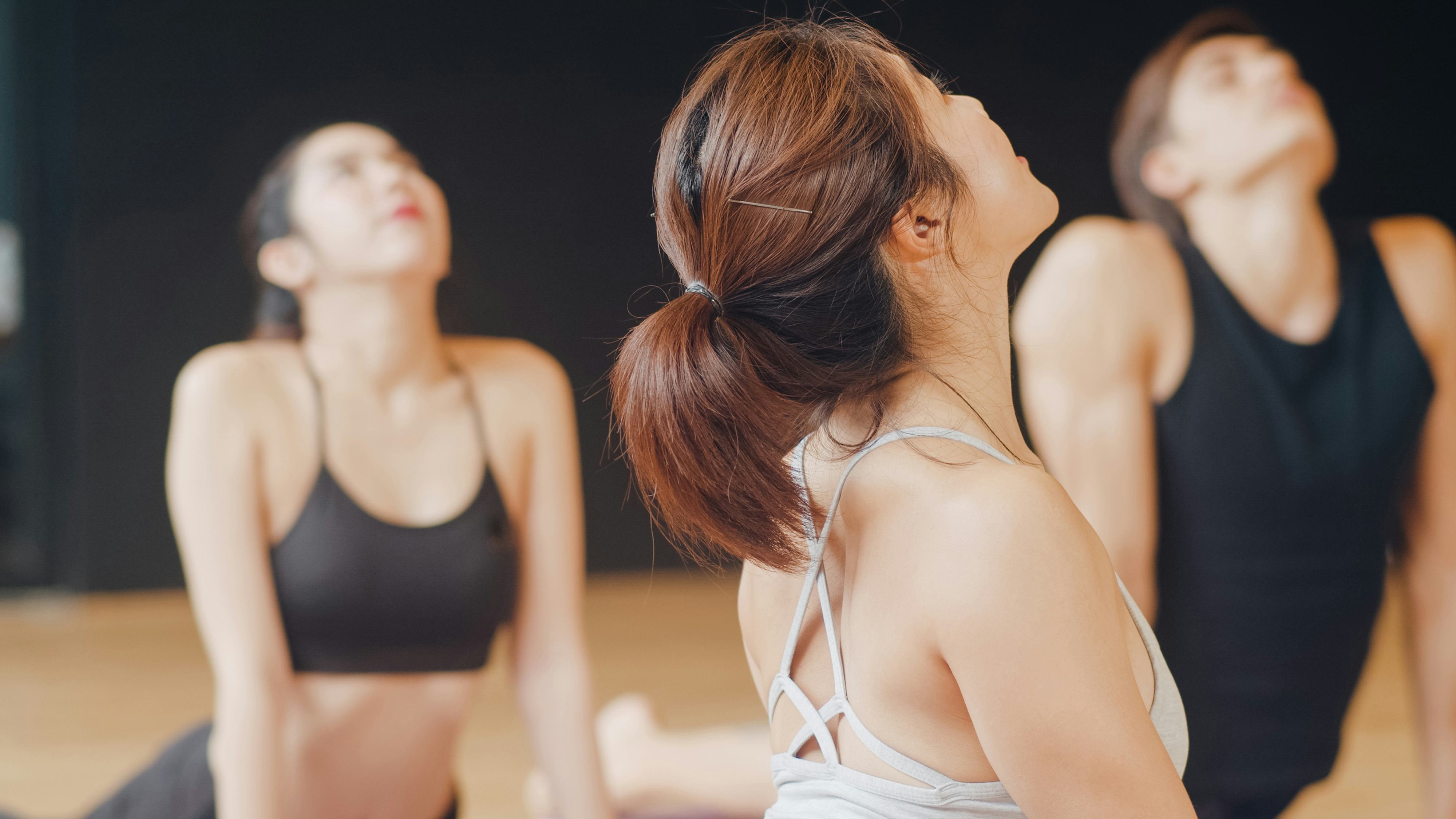
Let's be honest; sometimes, teaching a yoga class can be nerve-racking, especially if you are a new Yoga teacher. You may already know over 100 yoga postures, various breathing techniques, class themes, and posture transitions, and you may want to include all you know in one class. You want to offer an experience that your students will love and return to week after week. Does this sound familiar? We tend to overthink or overdo the process when we first teach yoga; this was especially true when I started teaching yoga. Is this going to be effective? Will everyone participate? Will I have to completely throw away what I prepared and honor the energy in the room? For that last question, my experience is always "yes!" It is best practice to remember who you are teaching and what the goal of the class is.
Below are considerations for constructing a yoga class for any age group and length of time that will increase the accessibility for a broader range of Yoga students. The intention behind these teaching considerations is to spark inspiration to enhance your class experience.
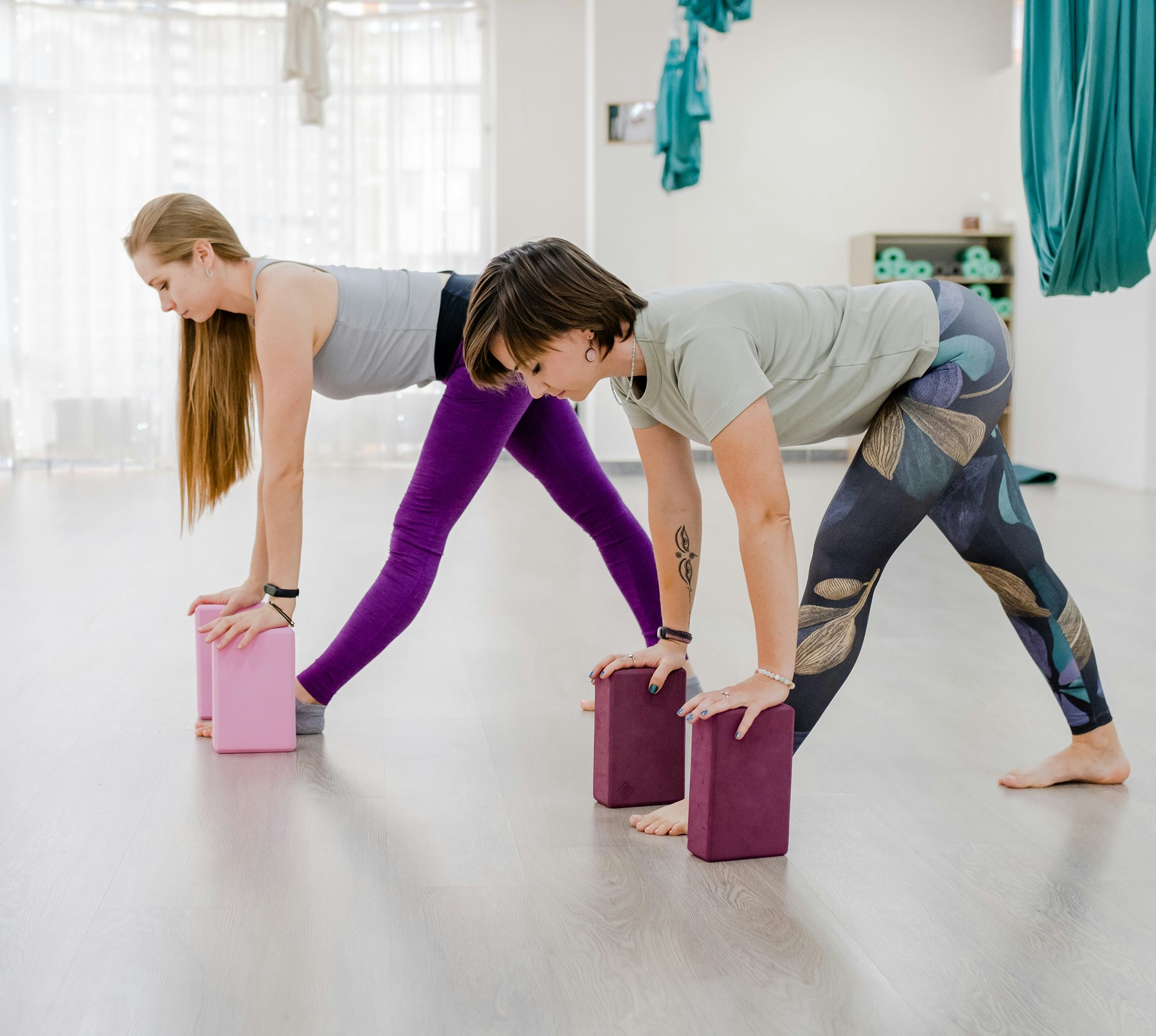
1. Make The Postures Accessible To All Bodies - Layer Up!
Build with layers! Your students are gaining body awareness in this practice. They are exploring how their body moves and how it feels while it moves. As an advanced yogi yourself, you may already be able to access levels of postures that require additional flexibility or strength. Because of this, you may need to remind yourself that others cannot access poses in the way you can. Since your students are exploring how poses fit their bodies and capabilities, always build your postures in layers. Provide many options and ways to modify the postures so that all bodies can find their best variation. The Yoga Therapy Library sequence builder has many variation and modification suggestions for each pose, so it is a breeze coming up with a variety of options.
Read the room and speak to all bodies - Since you are speaking to all the bodies, you may find yourself talking a lot, and that is OKAY. The more your students know about how to access a posture and understand WHY they are doing it this way, the more confident they will become in their practice. The more confident they feel, the more they will enjoy the practice and explore what else they may be capable of experiencing—allowing the student to expand their physical and mental capabilities.
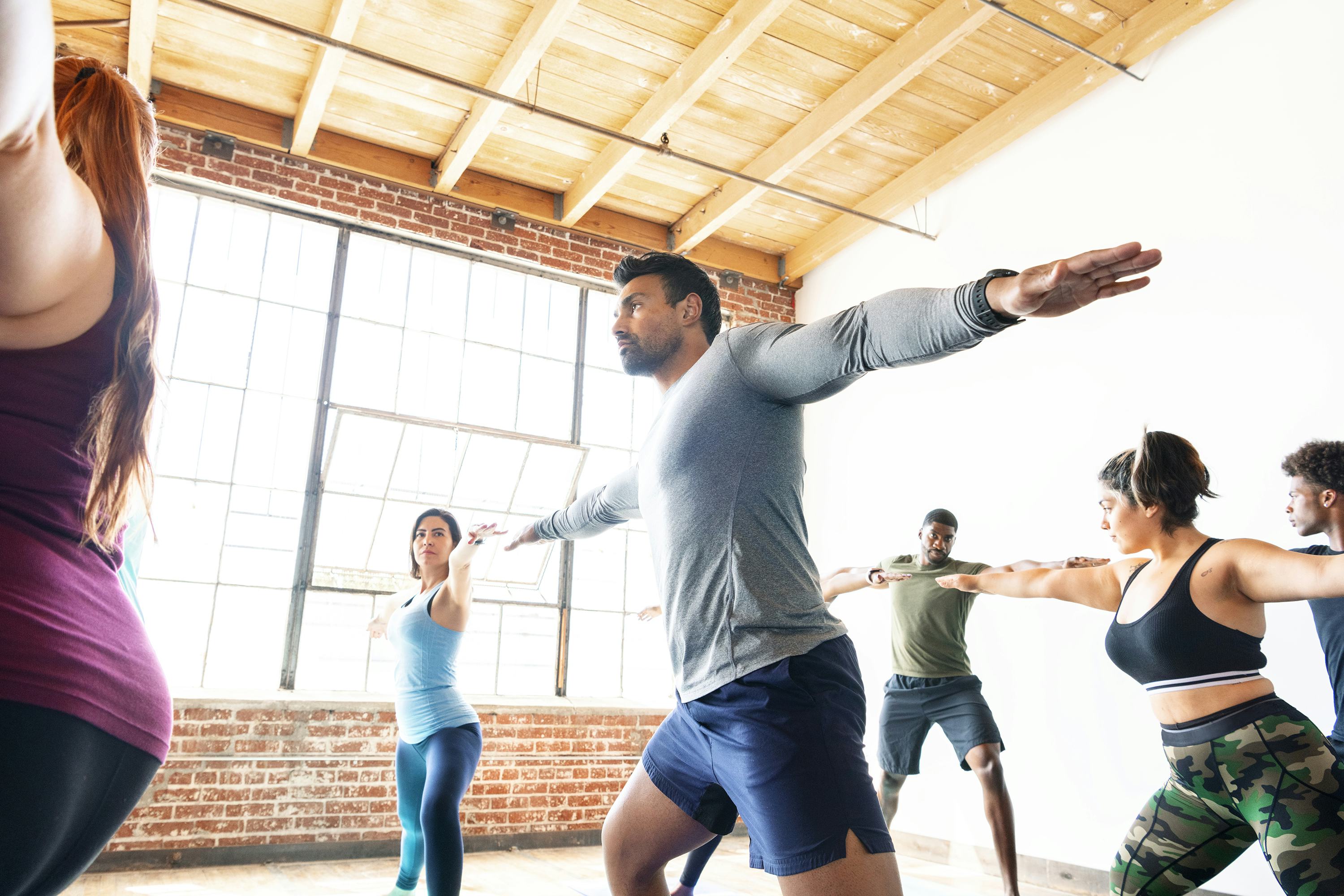
2. Make Transitions Accessible To All Bodies (Say it again!)
Once again, I want to emphasize that your students are gaining body awareness in this practice. They are exploring how their body moves and how it feels while it moves. They are also exploring how it feels for their bodies to be still. Be mindful of how you are instructing your students into new postures. Remember, you are an experienced yogi with body awareness - you know how to rotate your hips from Warrior 1 to Warrior 2 -your students may not. In this scenario, consider hip mobility and rotation awareness. For example, When designing your class, consider what direction the hips are facing in each posture. Keep all front-of-the-mat hip-facing poses together, and all side-of-the-mat hip-facing poses together. Examples below:
i. Front facing: Runners Lunge, Lizard Lunge, Crescent Lunge (high and low), Warrior 1, Warrior 3, Dancers Pose, Chair, Half Pigeon
ii. Side facing: Warrior 2, Extended Side Angle, Triangle, Half Moon, Reverse Warrior, Reverse Triangle
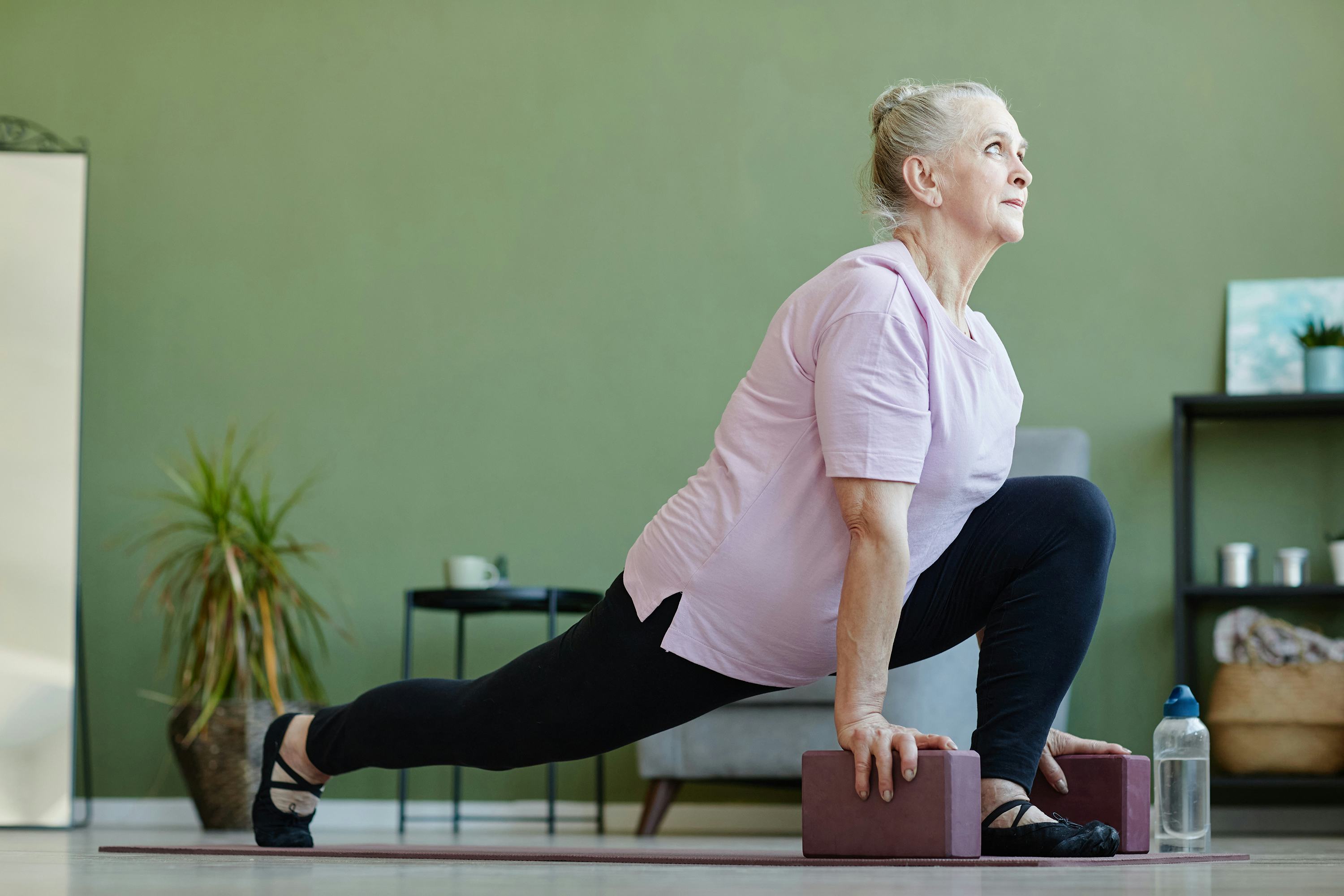
3. Eliminate Perfectionism By Reducing The Emphasis On Proper Alignment.
Remember, you are creating a yoga experience accessible to all bodies and all levels. Especially those who have the stigma that they "can't do Yoga" or are "not fit enough." To do that, you should cool off on the alignment cues with your new students.
Set your students up for success in a posture by creating a space for them to TRY and move their body parts into the pose. If your student feels overwhelmed by all the cueing and can't get their foot to position the way you are saying it 'should' be…they may feel inadequate, which can lead to a feeling of "I'll never get the hang of this."
Remember to layer up with your postures so that you can speak to all levels in the room. For example, if a student lunges less deeply into Warrior 2 than another student, meet them where they are and help make them feel empowered in the depth they have found. Where their body currently is, is where it needs to be -- eliminating perfectionism in a posture is a great way to get your students to be more aware of their bodies. Greater body awareness will lead to greater confidence over time.
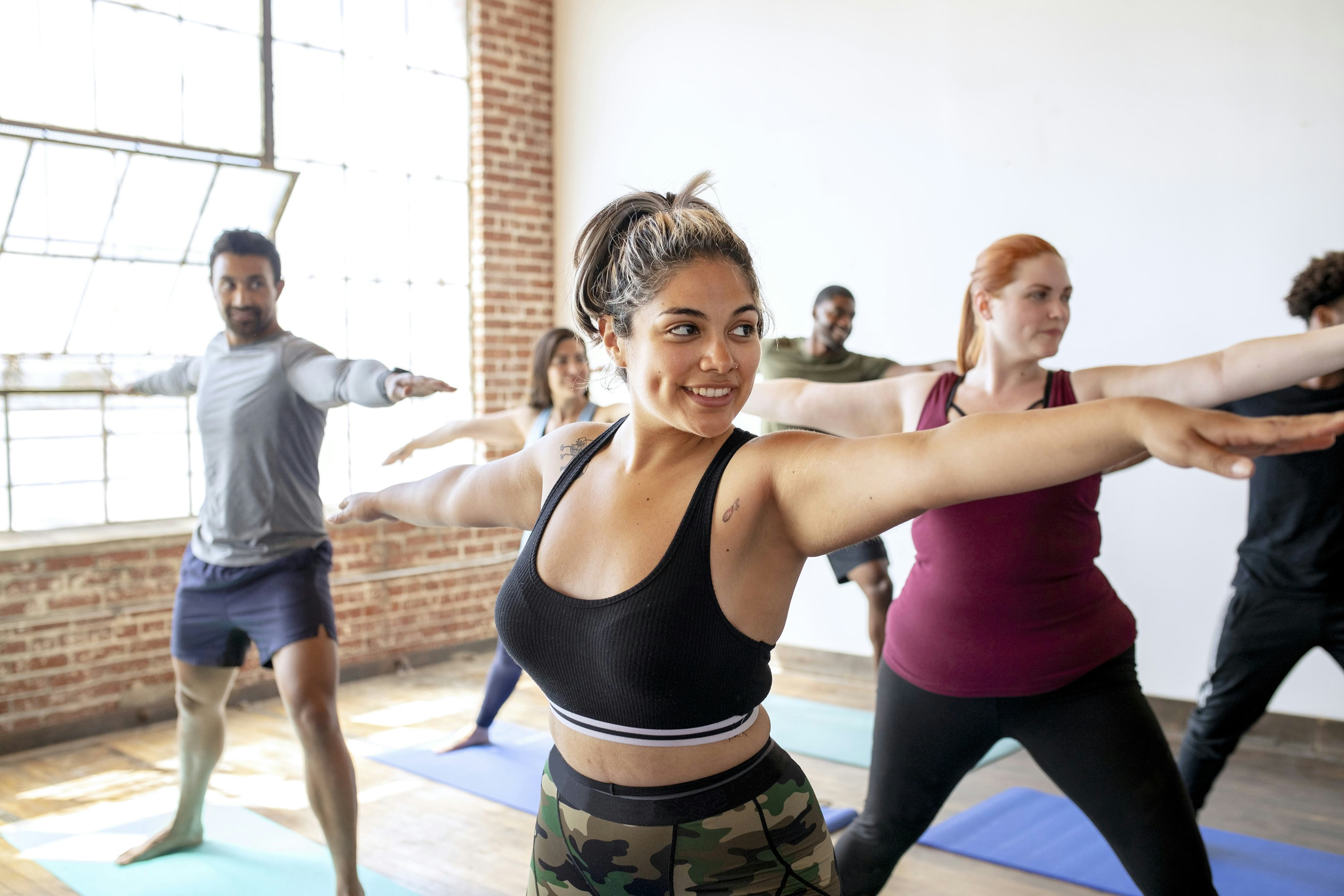
4. Be Consistent
Each time you teach a Yoga class to a specific group of individuals, remember that you do not need to reinvent the wheel each week (or each class). Students crave consistency. When you create a well-received class, deliver the same essential structure consistently for a few back-to-back classes. Keep in mind that some of your students may need more consistency in their lives. You create consistency in their lives by showing up for them each class. You are building trust. And by delivering a consistent practice, your students will start to remember the postures and understand how their bodies move through them; this will create greater body awareness and confidence in your students.
After a few sessions, add postures or layers of postures into the sequence that fit naturally. Your students will feel even more empowered to try something new because you have set them up with a great foundation.
Creating a Yoga class sequence that allows the students to experience where they are in their bodies in the present moment will ultimately help them gain the confidence to try new things. And when they find that courage and capability to explore the unknown (and understand how that makes them feel) on their mats, they will have the courage and strength to manage life off their mats.

